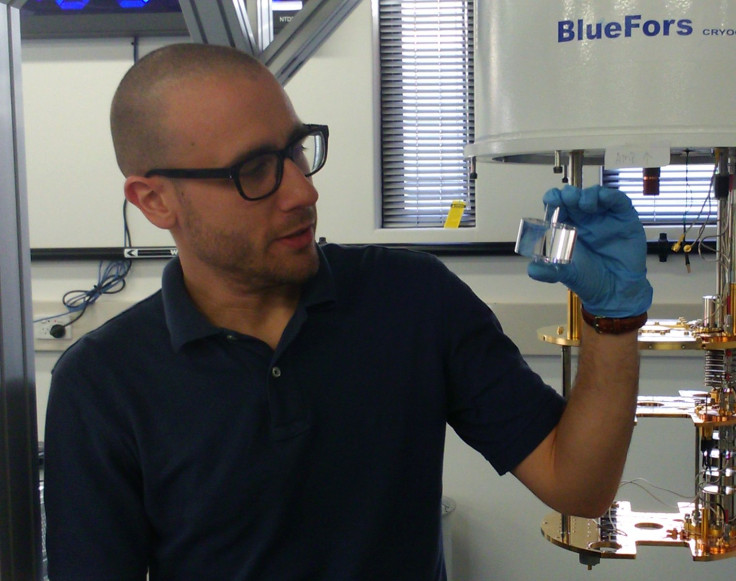Australian researchers test speed of light with never-before made precision

Australian researchers have effectively measured the spatial consistency of the speed of light with the precision 10 times greater than any method done before, according to a press release. The successful test has also confirmed a core component of Albert Einstein’s Theory of Relativity known as “Lorentz symmetry” that allows a prediction that the speed of light is the same in all directions.
Physicists describe the Lorentz symmetry as the similarity or exact proportion between different things and in its nature, which was originally proposed by Einstein in 1905. Lorentz symmetry simply indicates your watch will work properly even though you are in a moving airplane, and that it is a continuous symmetry of space-time.
Researchers of the study, published in Nature Communications, tried to better understand the Lorentz symmetry through an experiment that compared the extremely pure microwave frequency signals from two devices against each other over the course of a year. The result shows that the frequency of the microwave signals are directly linked to the speed of light.
“If this were to change depending on the direction it was facing, it would indicate that Lorentz symmetry had been violated,” said Stephen Parker, researcher from the University of Western Australia. “But the frequencies didn’t even change down to the 18th digit (the smallest part of the measurement of frequency), which is remarkable that this symmetry of nature still holds true at such tiny levels.”
In the experiment, the researchers, from UWA and Humboldt University of Berlin, used the devices called microwave oscillators that were placed perpendicular to each other. The team rotated the devices on a turntable once every 100 seconds for a year.
Some members of the team are part of the Frequency and Quantum Metrology Research Group at the School of Physics in UWA, aiming to develop new frequency standards and technologies that will improve systems based on high-quality clocks and oscillators, used in the current study, and to use these precision tools to test the foundations of physics.
The research team are currently upgrading their experiment and incorporating new optical light sources which would open up possibilities for future research, Parker said. Further improvements would allow the researchers to explore other ways that Lorentz symmetry could be broken, and would provide valuable clues for a more comprehensive and unified theory, he added.
Contact the writer at feedback@ibtimes.com.au or tell us what you think below






